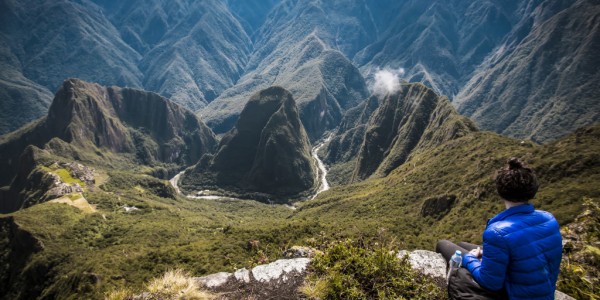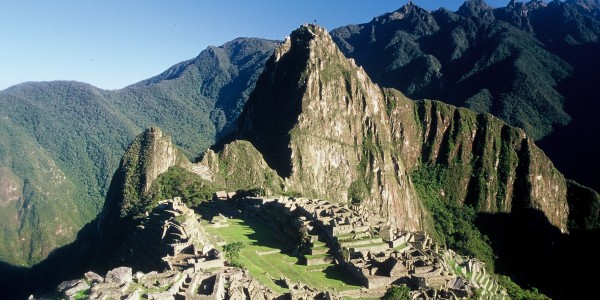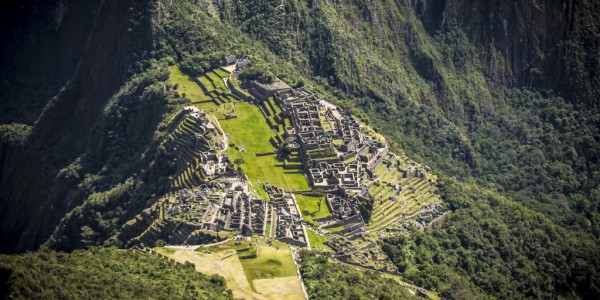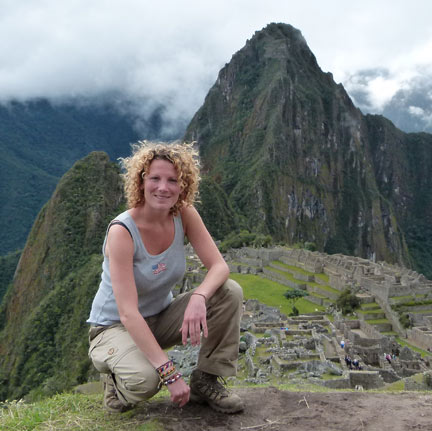The Inca Trail is one of South America’s most famous hiking trails, which normally takes three to four days to complete. The combination of fascinating Inca ruins, stunning mountain views, exotic vegetation and a serene sense of the spiritual importance attached to this trail by the Incas ensures this is one of the most interesting and rewarding walks throughout the continent.
The Inca Trail
Why visit The Inca Trail ?
Starting at Kilometre 82 or 88 on the Cusco to Quillabamba railway line this is traditionally where you begin the hike. You start by going through semi-arid terrain along the Urubamba river with magnificent views of the snow-capped mountains and you then arrive at the first Inca ruins at Llactapata, which were part of a large settlement with many farming terraces. On Day 2 the trail continues steeply up through the meadows to the Warmihuanusca Pass (Dead Woman’s Pass) at 4050m where you get lovely views across to the other side of the valley that leads to the Runkurakay ruins, once an old post-house. After that you head down to the Sayacmara ruins at 3600m for another night’s camping. The next day takes you towards the Phuyupatamarca ruins where there are adjacent Inca observation platforms overlooking the Salkantay mountain (6270m). The trail continues through forested hills past the ceremonial centre of the Phuyupatamarca ruins. Then early on Day 4 you leave camp and head towards the path that goes down to the Winay Wayna ruins, the most important after Machu Picchu and from here you can see the newly uncovered terraces of Intipata (Sun Place). After the final hike you reach Inti Punku, the last pass and the entrance to the ancient city and it is from this point that Machu Picchu ’s mystical serenity can be truly savoured.
For those with limited time or a disinclination to sleep under canvas, one can leave the train at Kilometre 104 and enjoy a beautiful 5 hour walk, known as the Inca Express, which follows the last stage of the Inca Trail.
The Inca Trail is very busy in high season so needs to be booked well in advance due to the limited number of permits. For those wishing to get off the beaten track there are a number of other beautiful treks of different lengths, so please call us for further information.
LOCATION
PERU KEY INFO
Visa
No visa is required for UK passport holders.
Health Requirements
No mandatory vaccinations are required.
Time Difference
GMT - 5 Hours
Flight Time
12.5 hours Direct
NEWSLETTER SIGNUP
Keep up-to-date with the latest travel trends, inspiration for future trips and competitions to win luxury travel vouchers.
Subscribe















